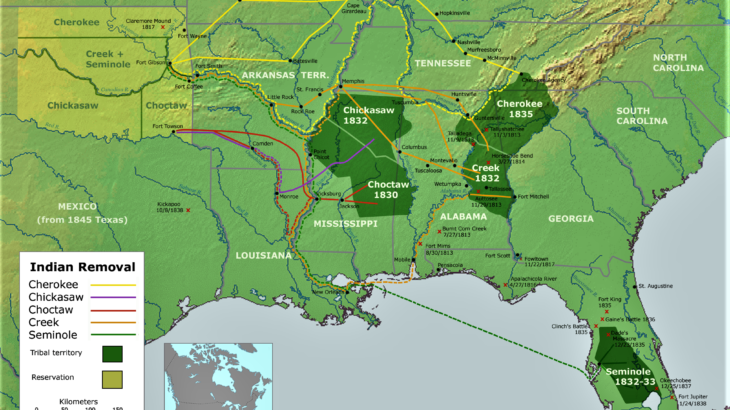
Essay Read By Constituting America Founder, Actress Janine Turner
The Fourth Amendment to the United States Constitution protects Americans from “unreasonable searches and seizures” by government officials. The Fourth Amendment was ratified in 1791 along with the other nine amendments in the Bill of Rights. It reads, “The rights of the people to be secure in their persons, houses, papers, and effects against unreasonable searches and seizures, shall not be violated, and no Warrants shall issue, but upon probable cause, supported by Oath or affirmation, and particularly describing the place to be searched, and the persons or things to be seized.” The Fourth Amendment safeguards Americans from heavy-handed and arbitrary government action in some of the most private arenas of their lives.
The experience of the American colonists with British military and civil officials during the American Revolution convinced many colonists of the necessity of defending themselves from invasion and search of their homes by government agents. A number of state constitutions, written in 1776 during the early stages of the Revolution, included in a list of rights belonging to citizens a prohibition against the use of general warrants. Among the states with such a restriction in their constitutions were Maryland, Virginia, and Pennsylvania.
British officials, during the colonial era, often used general warrants to justify the search of a colonist’s home. General warrants provided little detail about whom or what were to be searched for, and, in some cases, colonists, with no evidence against them of illegal activity, suffered the indignity of having their homes searched. The Fourth Amendment demanded that a warrant be more detailed for a search and seizure to be legal. First, to obtain a warrant, there had to be “probable cause” or a good reason to believe a search was necessary in order to uncover evidence of a crime that might be used in a court of law. Second, a search warrant had to denote explicitly whom or what authorities were searching for and where their search would take place. Third, a warrant had to be signed by a judge. These three conditions lessened the chance of government authorities carrying out a baseless search of an American’s home and personal property.
State and federal judges’ interpretations of the Fourth Amendment became more complicated in the twentieth and twenty-first centuries than in earlier eras with the explosion of technologies that enhanced government officials’ ability to carry out electronic surveillance of citizens. The members of the Supreme Court, for example, upheld the use of wiretapping in the 1928 case of Olmstead v. United States, but in later cases, they ruled that government officials needed search warrants to justify wiretapping. In 2010, in the case of City of Ontario v. Quon, the judges ruled that emails and other forms of communication sent by workers over their employers’ servers were searchable without a warrant. According to another Supreme Court ruling, information on a personal cell phone belonging to an individual, who had been arrested, could not be subjected to a warrant-less search. The cell phone could be confiscated by the police and searched later after the issuance of a warrant.
Online learning, widely implemented during the Covid pandemic, also has Fourth Amendment ramifications. A federal judge, in 2022, wrote that a testing system’s requirement that a student scan his room before remotely completing an online assignment met the Fourth Amendment’s definition of an unreasonable search. University officials, who appealed the decision, argued that a scan held the potential to reveal evidence that a student planned to cheat on an assignment. While questions regarding the application the Fourth Amendment to the use of electronic devices abound, there is no question that evidence, for it to be admitted in court, must be obtained legally, that is, in accordance with all laws and rulings on what constitutes a reasonable search. The Supreme Court, by a 6-3 vote, ruled that evidence gathered illegally was inadmissible in court in the 1961 case of Mapp v. Ohio.
That the Framers of the Fourth Amendment included protection from illegal searches and seizures in the Bill of Rights indicates the significance of the right to the Revolutionary generation. In no way, though, is that liberty less important now than it was in early America. Instead, with government officials’ enhanced ability to surveil American citizens through more clandestine ways than entering and searching homes, the right may be of even more significance today than it was in past eras. One thing is for certain: During every period of United States history, citizens’ freedom from illegal searches and seizures has been vital to the maintenance of a free society.
 James S. Humphreys is a professor of United States history at Murray State University in Murray, Kentucky. He is the author of a biography of the southern historian, Francis Butler Simkins, entitled Francis Butler Simkins: A Life (2008), published by the University Press of Florida. He is also the editor of Interpreting American History: the New South (2018) and co-editor of the Interpreting American History series, published by the Kent State University Press.
James S. Humphreys is a professor of United States history at Murray State University in Murray, Kentucky. He is the author of a biography of the southern historian, Francis Butler Simkins, entitled Francis Butler Simkins: A Life (2008), published by the University Press of Florida. He is also the editor of Interpreting American History: the New South (2018) and co-editor of the Interpreting American History series, published by the Kent State University Press.
Click here for First Principles of the American Founding 90-Day Study Schedule.
Click here to receive our Daily 90-Day Study Essay emailed directly to your inbox.


